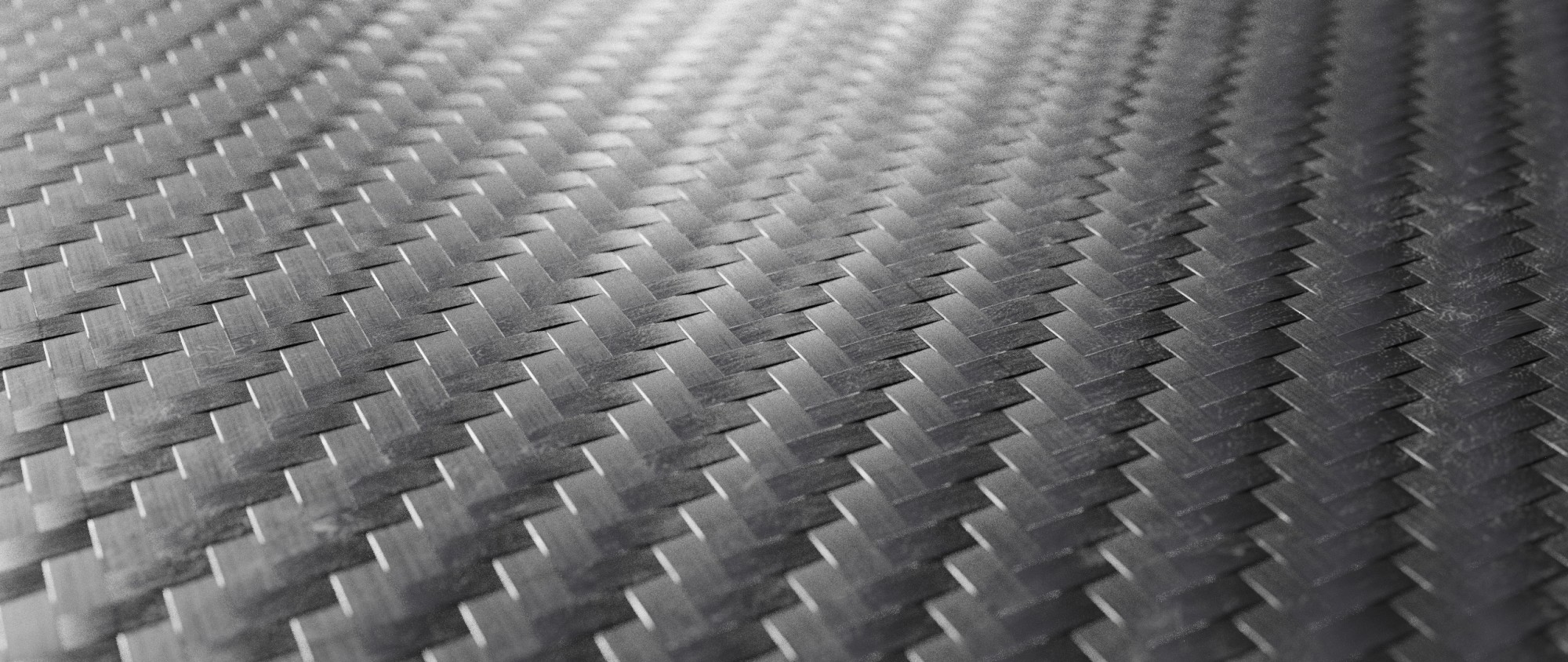
Machining carbon fiber is becoming a more common practice in the aerospace and automotive industries. Also more popular than ever due to the material’s longevity, lightweight composition, and corrosion-resistant nature.
As an ideal mechanical testing material, industry experts must understand the ins and outs of carbon fiber machining.
Read on to learn how to address the specific challenges and techniques used for working with this material.
Machining Carbon Fiber
As practical applications of composite materials like carbon fiber substantially grow, manufacturing these materials is becoming more common.
Carbon fiber machining requires more flexibility than working with other materials. As a handmade composite, different solutions present themselves when cutting, milling, tooling, and drilling. As a handmade product, carbon fiber requires precision and expertise to successfully address the unique challenges which come with cutting and milling carbon fiber.
Milling
Typically, machining carbon fiber requires routing. Also, milled with standard metal machining methods.
Higher spindle speeds and lower feed rates are required for proper milling. Adjusted feed rates minimize heat generation. Lower heat is desirable to avoid damaging the carbon fiber.
If a quicker feed rate is needed, but the use of coolant is not allowed, controlling the tool path and tool can handle the heat. Minimizing fractures within the composite and abrasion tool, special tooling will be required.
Cutting
Cutting carbon fiber is an abrasive process. The machines will be regularly monitored avoiding degradation cut quality.
If you know how to cut carbon fiber sheets, then you are aware of the various types and shapes of cutters, depending on what you are machining carbon fiber for.
When cutting carbon fiber, cutters come from carbide or polycrystalline diamond (PCD). PCD is more common and offers more wear resistance but comes at a higher cost.
Diamond coatings on carbon fiber cutting machines allow for cost-effective precision and heat management. Waterjets are also a good option for cutting carbon fiber and the regulation of any heat generated.
Drilling
Machining carbon fiber with a drill is more challenging than milling carbon fiber. It generates conductive dust that can infiltrate and short out electronics. This dust is also a skin irritant, so a mask and gloves are best practice in carbon fiber machining.
Drilling speed is the biggest factor in dust generation. To avoid splintering or delaminating layers of material when machining, special drill bits can help eliminate any potential issues. Another solution for dust containment is the use of a waterjet carbon fiber cutting machine, as the particles end up trapped in the water.
Working with Quality Carbon Fiber
Machining carbon fiber requires high-quality composite materials which will withstand industrial demands. SMI Composites has an unmatched commitment to quality.
Our materials hold up under the demands of any aeronautic or automotive project. Be sure to read more of our content for industry-specific knowledge.
